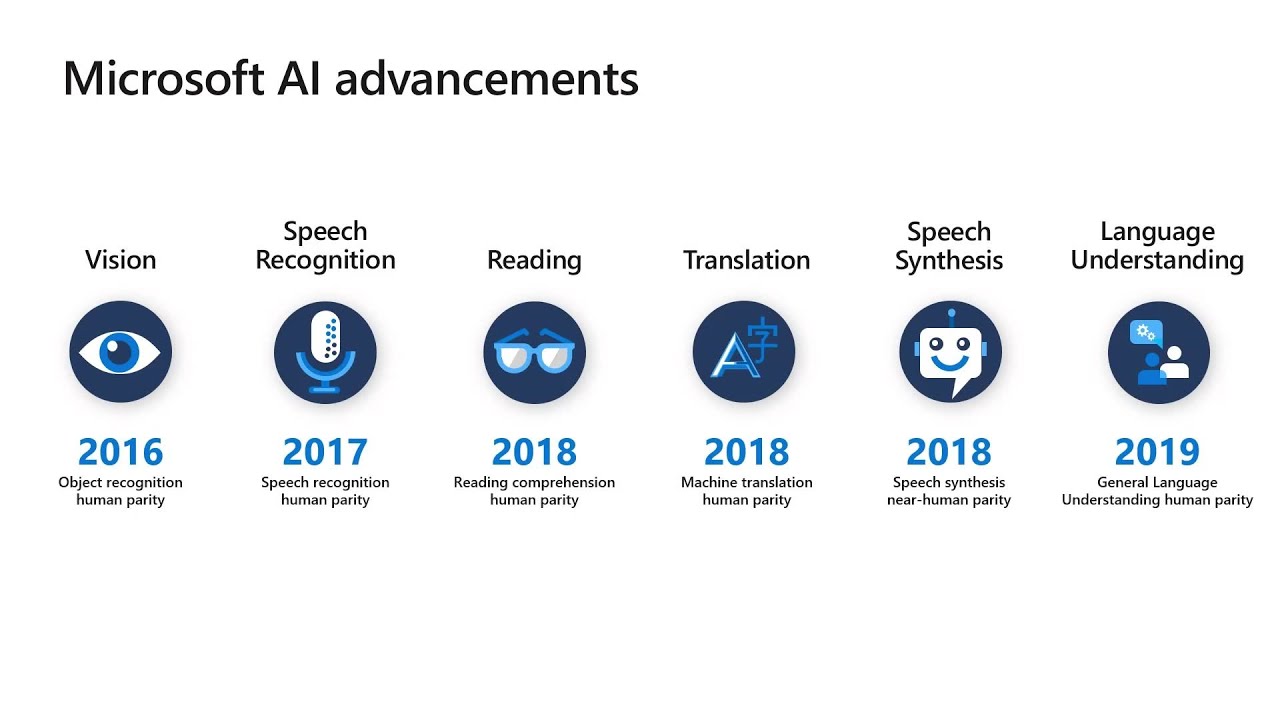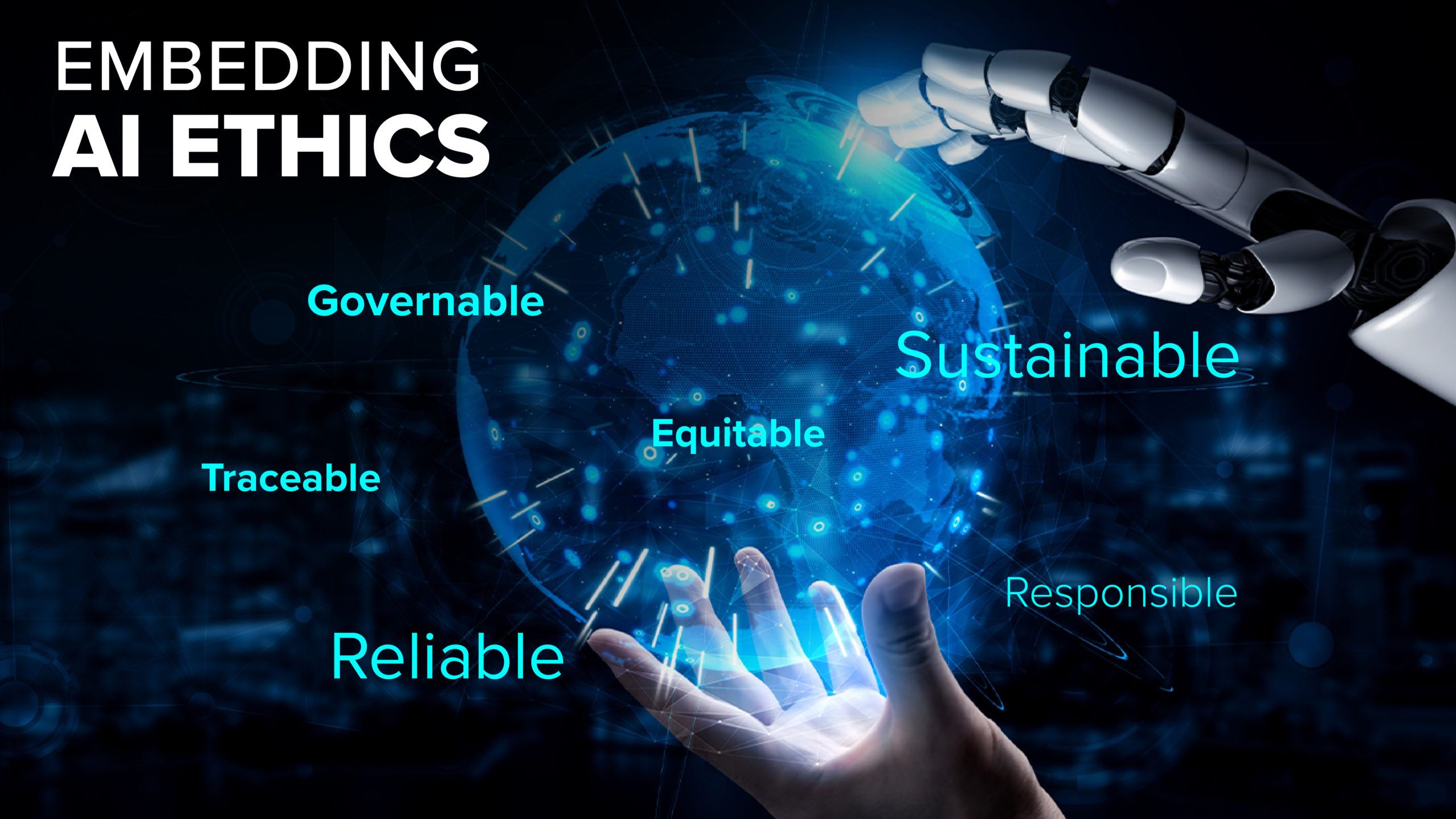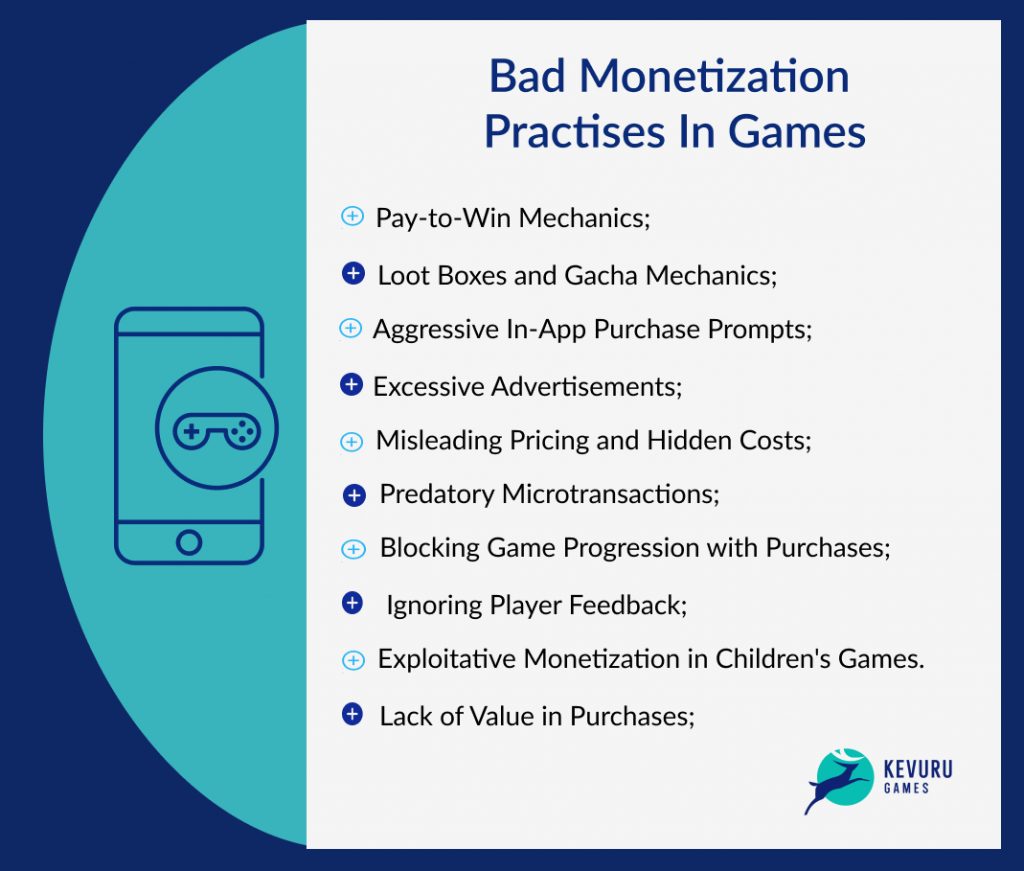
Unlocking the Potential of Language Models: A Deep Dive into the AI Ecosystem
In recent years, the evolution of language models has ignited a revolution in artificial intelligence, transforming myriad industries and changing the way we communicate with technology. From virtual assistants to sophisticated content generation tools, large language models (LLMs) are becoming increasingly pivotal in our digital interactions.
Understanding Large Language Models
At their core, large language models utilize deep learning algorithms to analyze vast amounts of textual data. They are designed to predict subsequent words in a sentence, enabling them to generate coherent and contextually relevant text. These models operate on the principle of probability, leveraging extensive datasets to inform their predictions and help bridge the gap between human language and machine understanding.
With advancements in computing power and the availability of expansive datasets, the capabilities of LLMs have surged. They are now capable of learning intricate patterns, nuances, and structures of human language, making them more adept at context-based interpretation.
 The rise of AI language models and their implications for communication.
The rise of AI language models and their implications for communication.
The Impact on Industries
One of the most exciting aspects of LLMs is their application across various sectors. In the realm of customer service, businesses are employing chatbots powered by these models to enhance user interaction and support. Instead of generic responses that fail to address specific queries, these advanced systems provide detailed and personalized replies, significantly improving customer satisfaction rates.
Moreover, in the field of content creation, LLMs are rewriting the rules. Writers and marketers harness the power of AI to conceptualize ideas, generate drafts, and even produce entire articles. This is not just a revolution for professionals but also democratizes content creation, allowing anyone with an idea to create engaging narratives.
Ethical Considerations
As these technologies soar, so do concerns regarding ethical implications. The possibilities of misuse—ranging from generating misleading information to creating content that reflects biases inherent in training data—underscore the need for responsible deployment. The recent discussion surrounding AI-generated images and text highlights the growing urgency for ethical guidelines and transparency within the AI sphere.
“While the benefits are compelling, we must remain vigilant about the potential pitfalls that come with increased automation.”
This sentiment resonates particularly as we venture deeper into a world where human-like AI is no longer a novelty but a reality. It demands not only innovation but also accountability from developers and strategists working within this landscape. Engaging in discussions about bias, fairness, and servitude to community standards is critical.
 Navigating the complexities of AI ethics in a rapidly evolving landscape.
Navigating the complexities of AI ethics in a rapidly evolving landscape.
Personal Reflections on the AI Revolution
Having experienced firsthand the transformative journey of language technology, I am both enamored and cautious. Early in my career, I stumbled upon an incredibly basic text-generation tool. It could only create simple responses, often missing the mark entirely. Fast forward to today, where LLMs can craft essays that can rival that of seasoned professionals. This inspires hope, yet brings a wave of apprehension.
The role of the writer is changing, perhaps transforming into that of an editor or curator. The need for human oversight and creativity is as essential as ever in this landscape, reminding us that while these systems can enhance efficiency, they do not replace the unique touch that human insight provides.
The Future of Language Models
As we gaze into the future, we must consider the trajectory of language models carefully. With ongoing research focused on making these systems even more robust and versatile, hints of their potential applications are extensive. One area that particularly intrigues me is the possibility of integrating LLMs within educational systems to foster individualized learning experiences.
Imagine a classroom where each student has access to an AI tutor capable of adapting its methods to cater specifically to their learning style. Such advancements could address learning gaps and promote a more responsive educational environment.
 Imagining a future where AI shapes the learning experience.
Imagining a future where AI shapes the learning experience.
Conclusion
Ultimately, the evolution of large language models embodies both promise and responsibility. While they hold the potential to revolutionize communication and understanding, it is imperative to navigate this terrain with care. As we embrace these advanced technologies, we must also advocate for ethical practices and inclusivity, ensuring that the future of AI is one that benefits all.
In this rapidly unfolding narrative, let us continue to explore the boundaries of code and consciousness, forging a collective path that respects both innovation and ethical responsibility.















